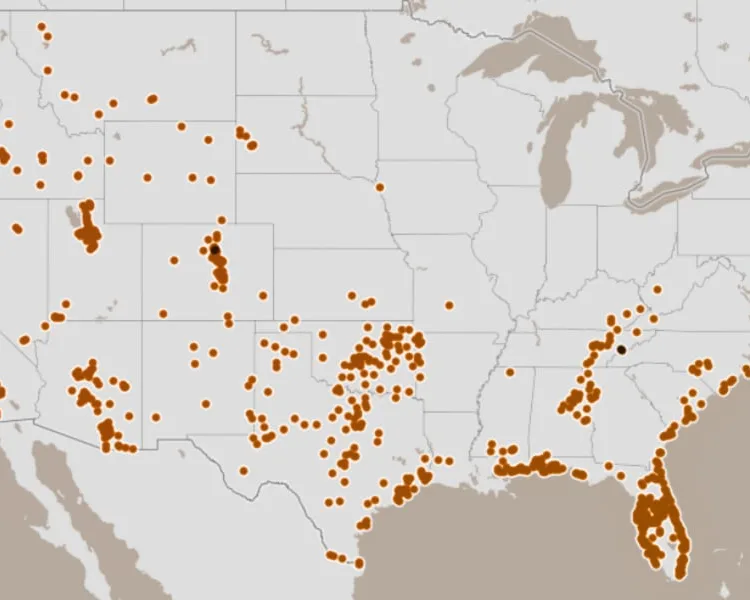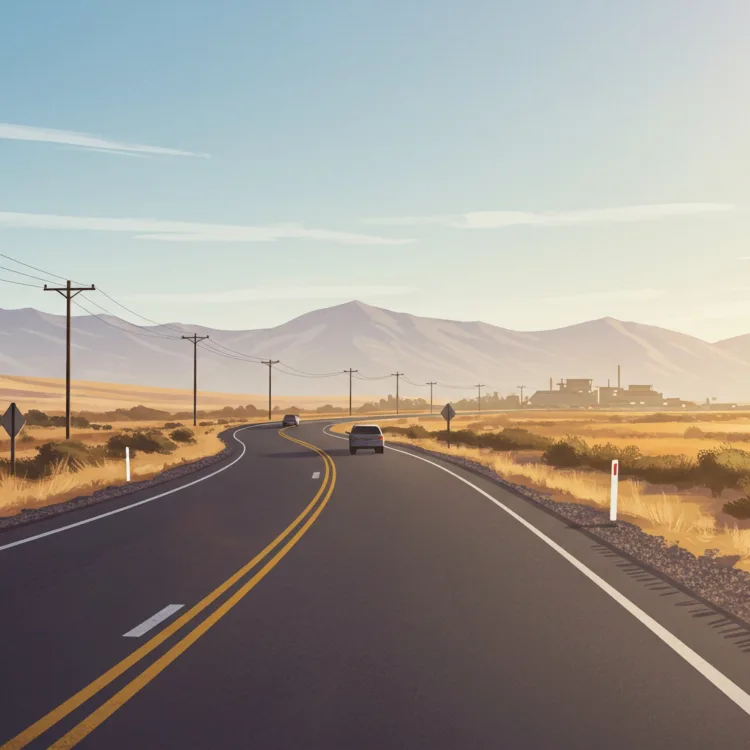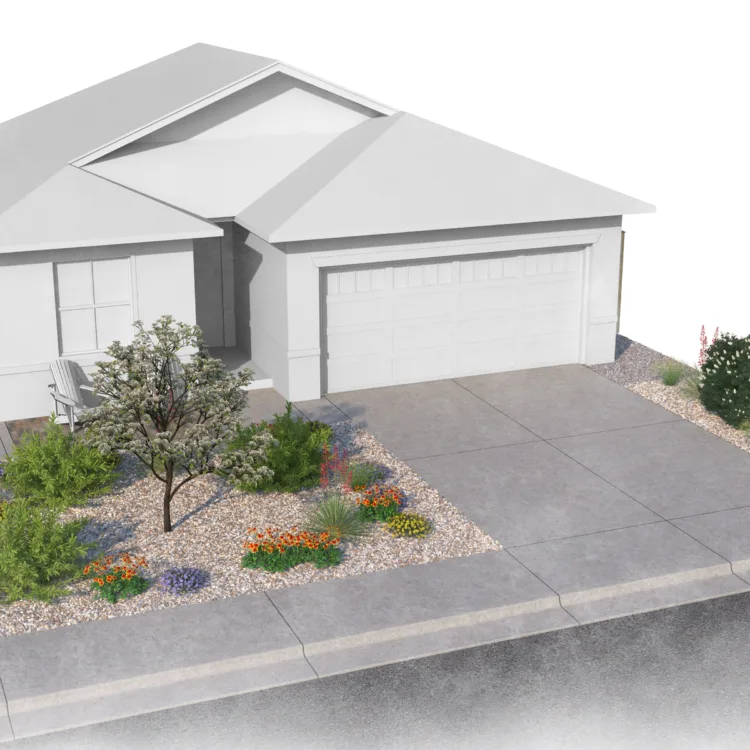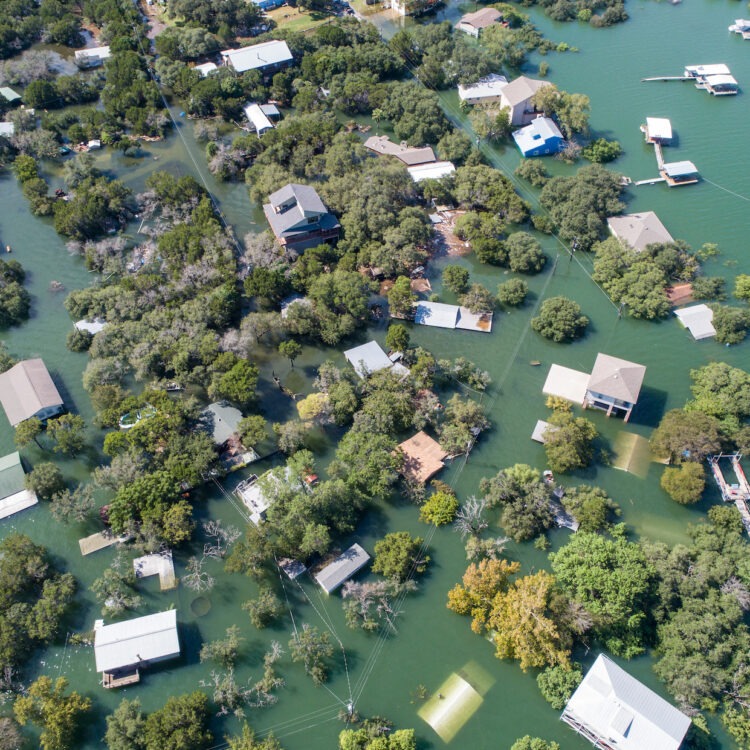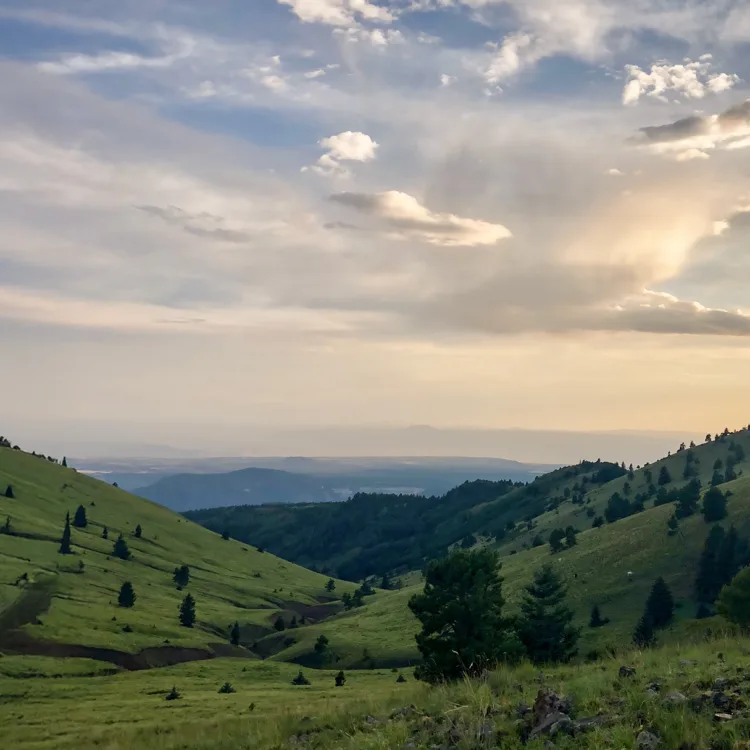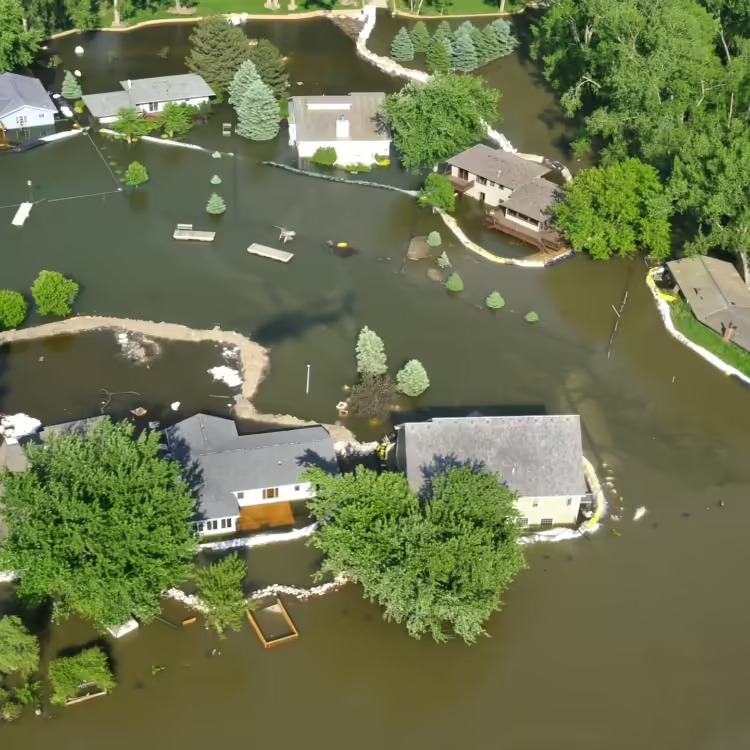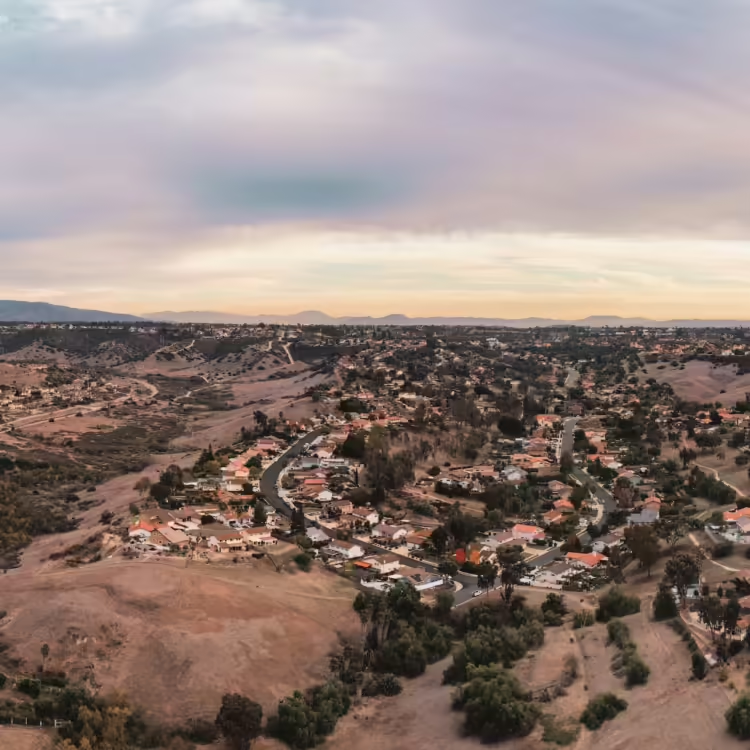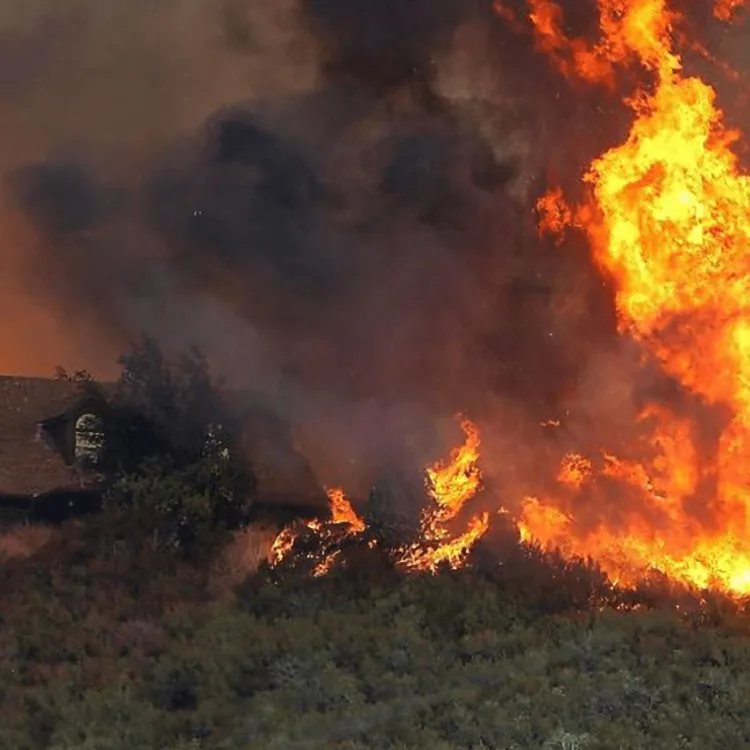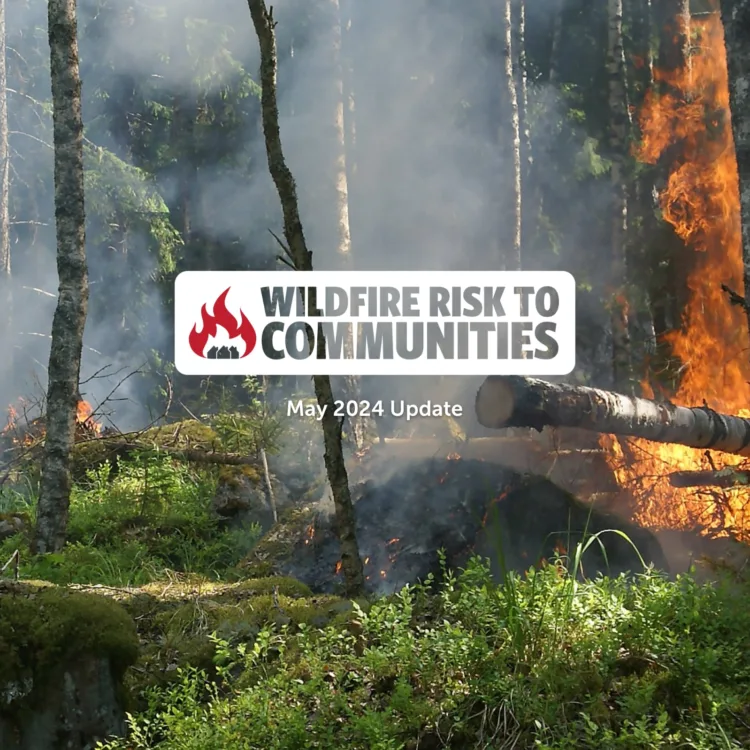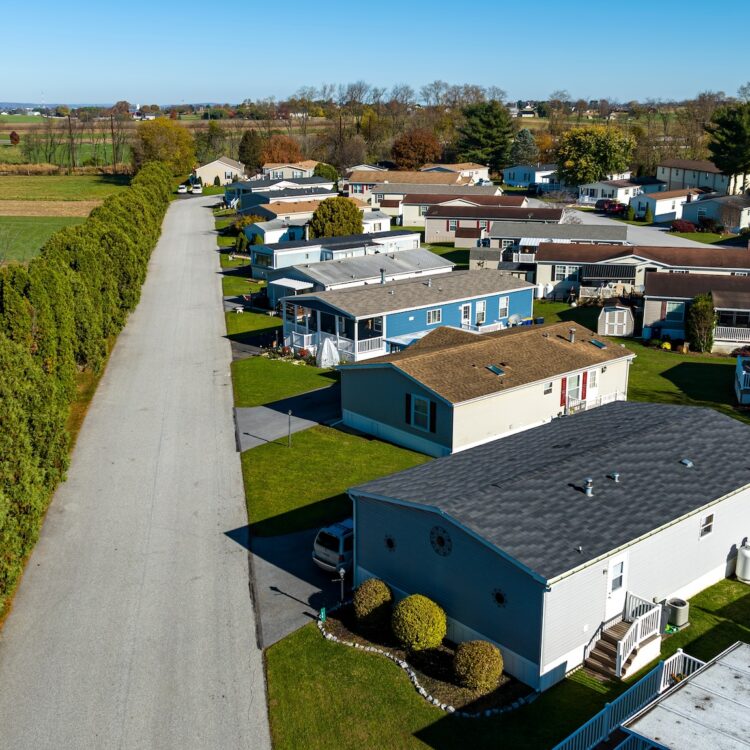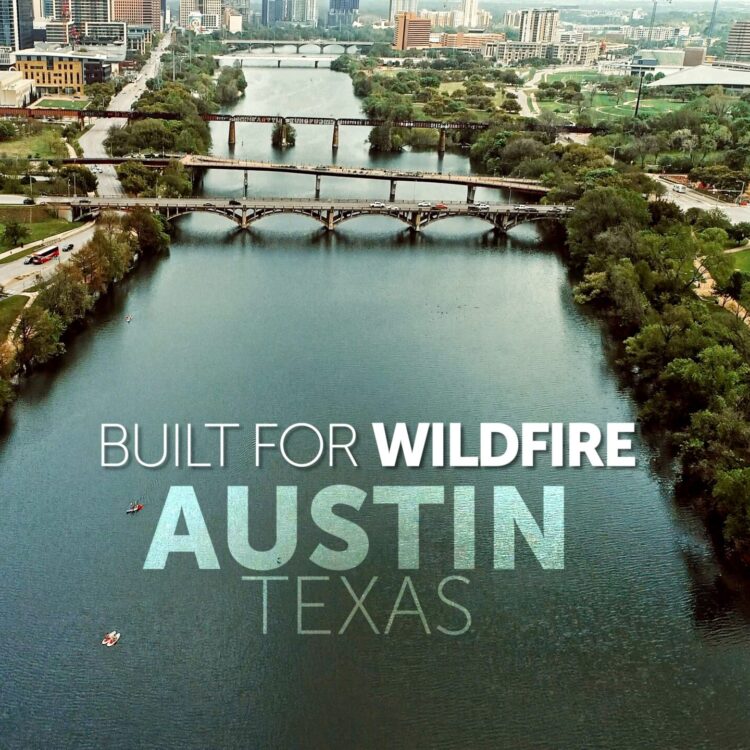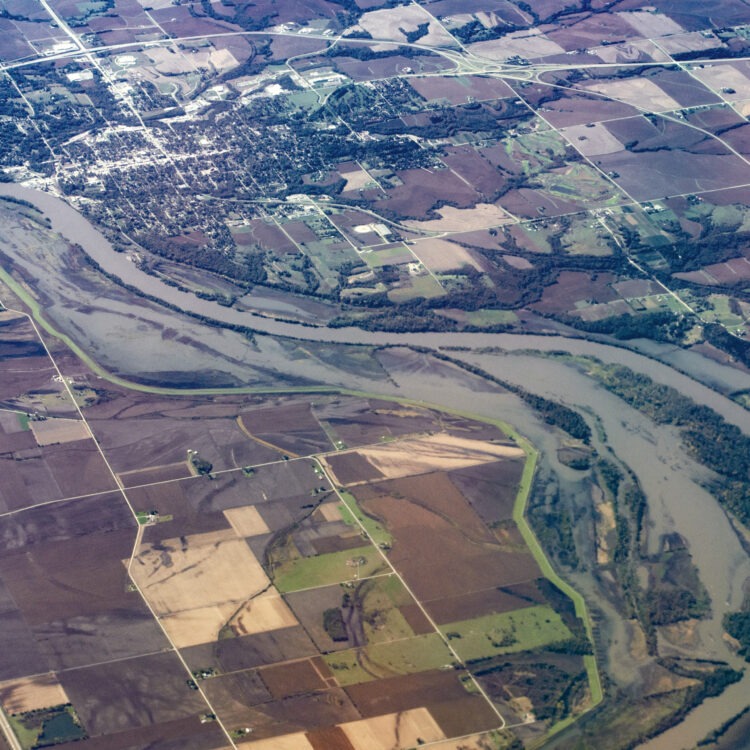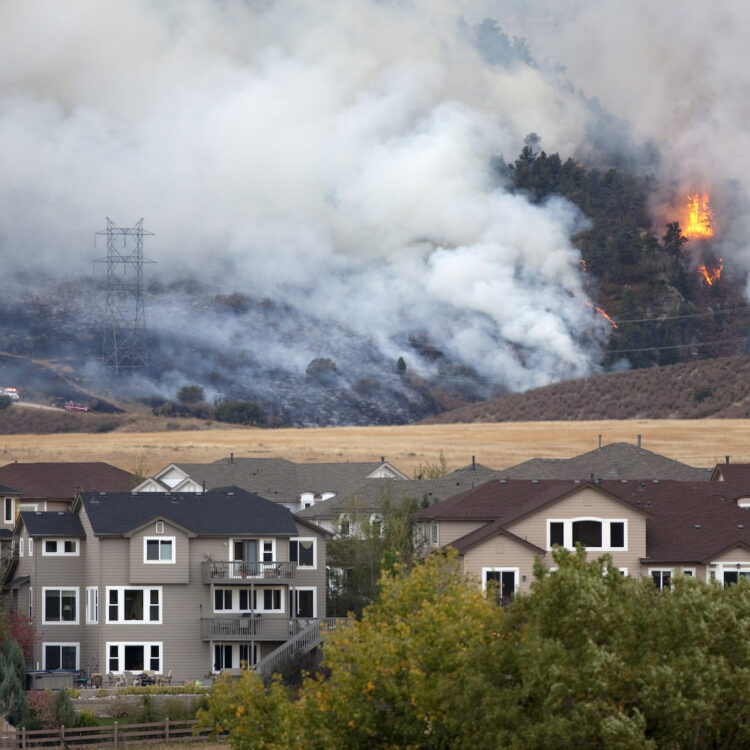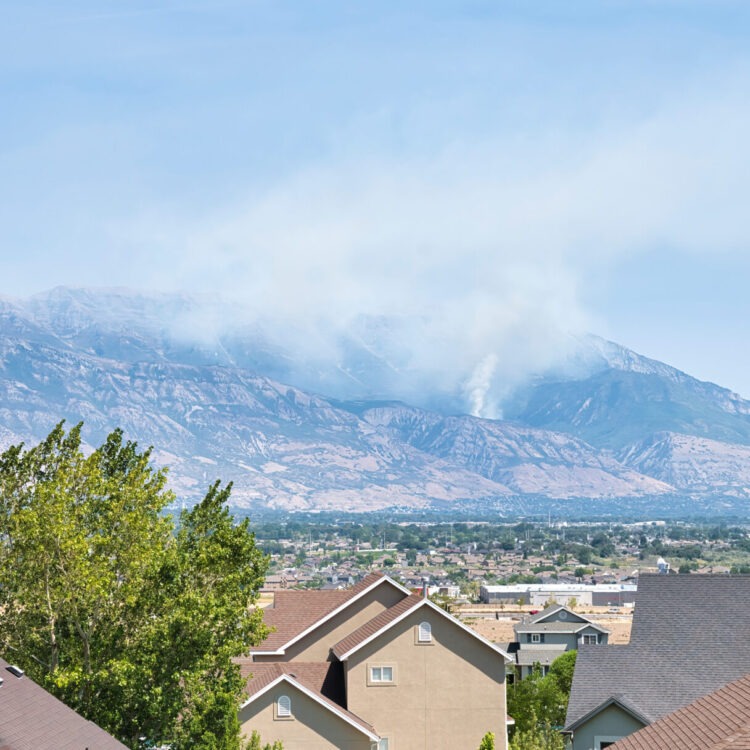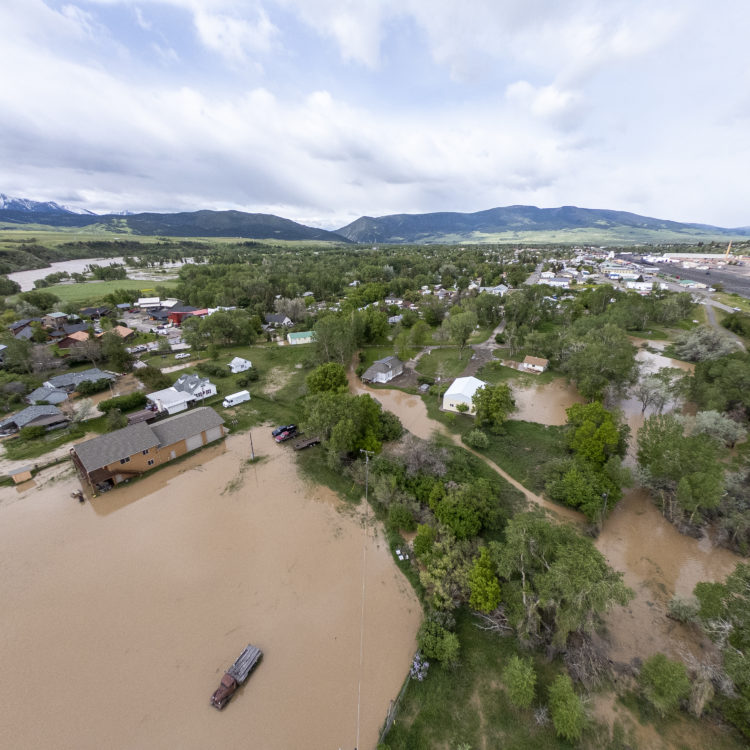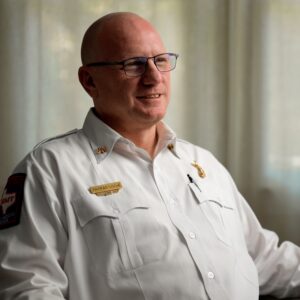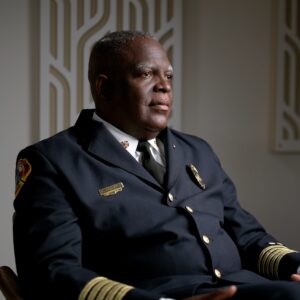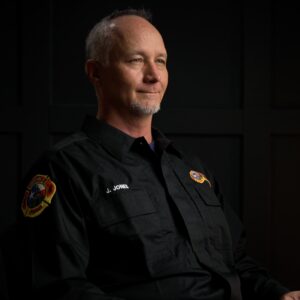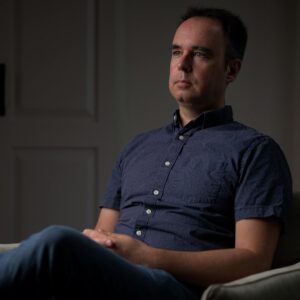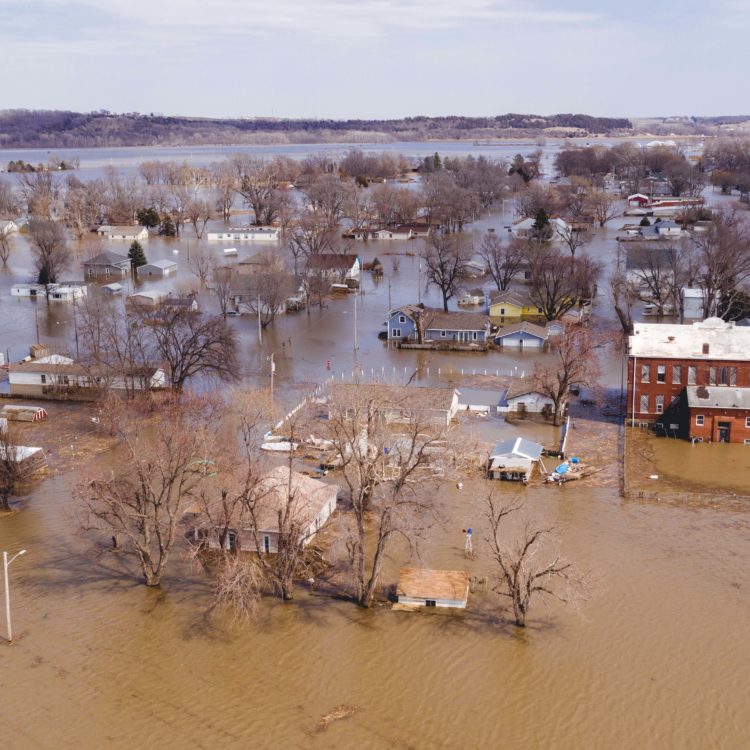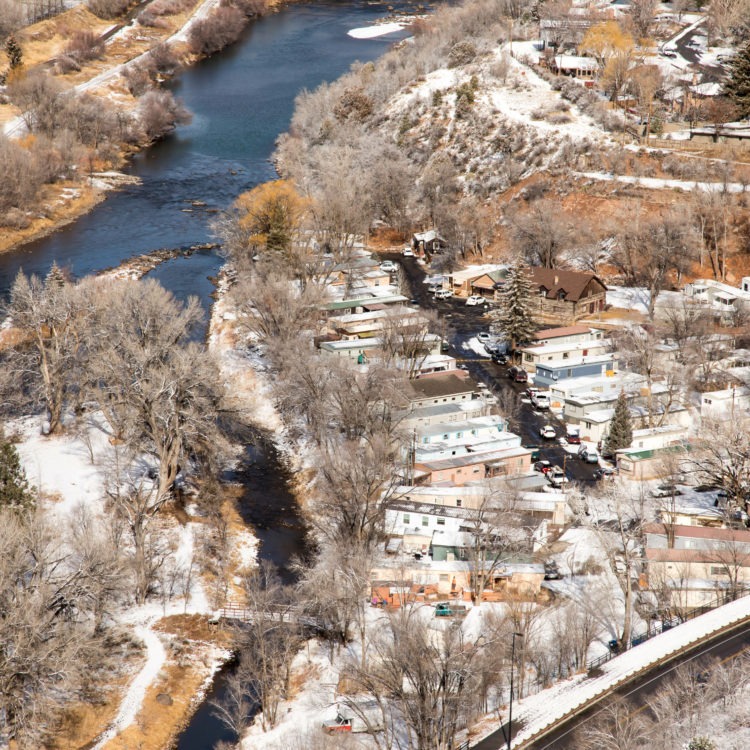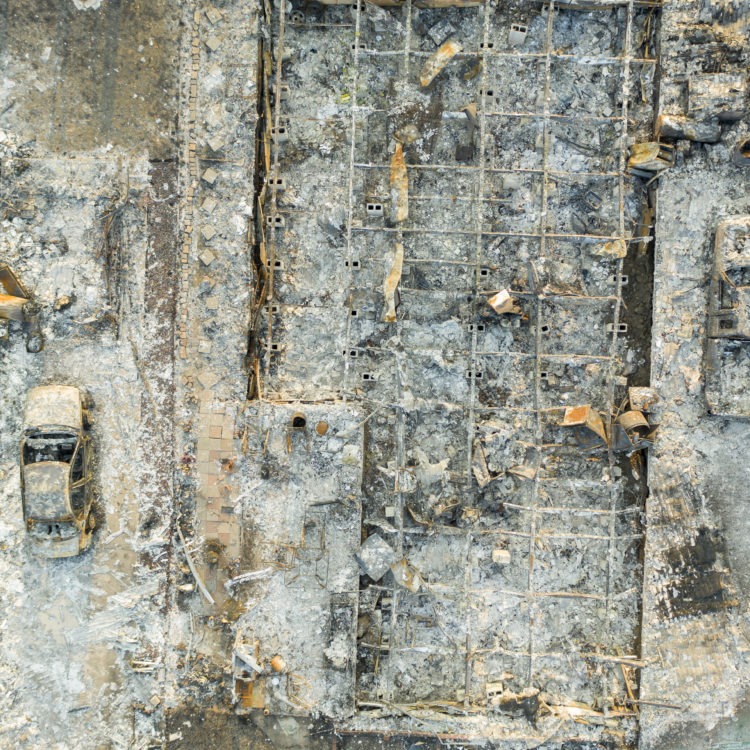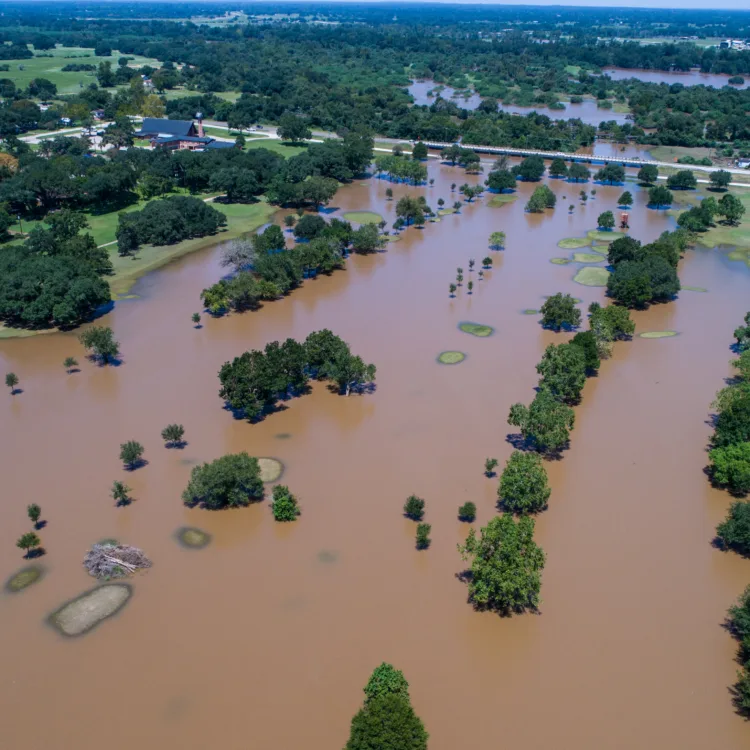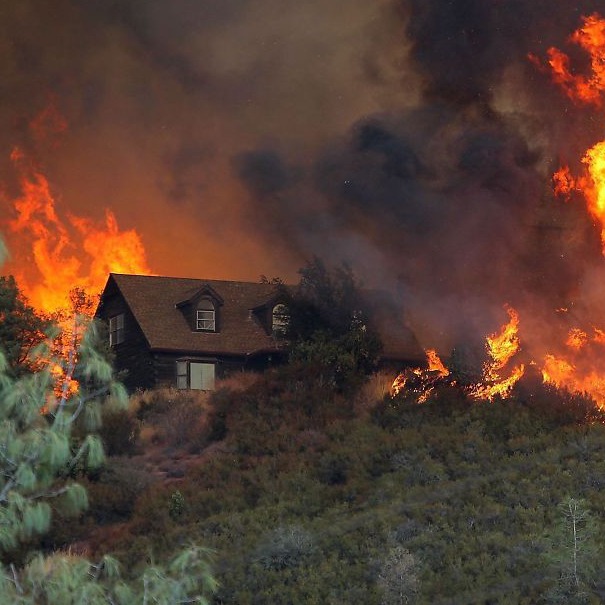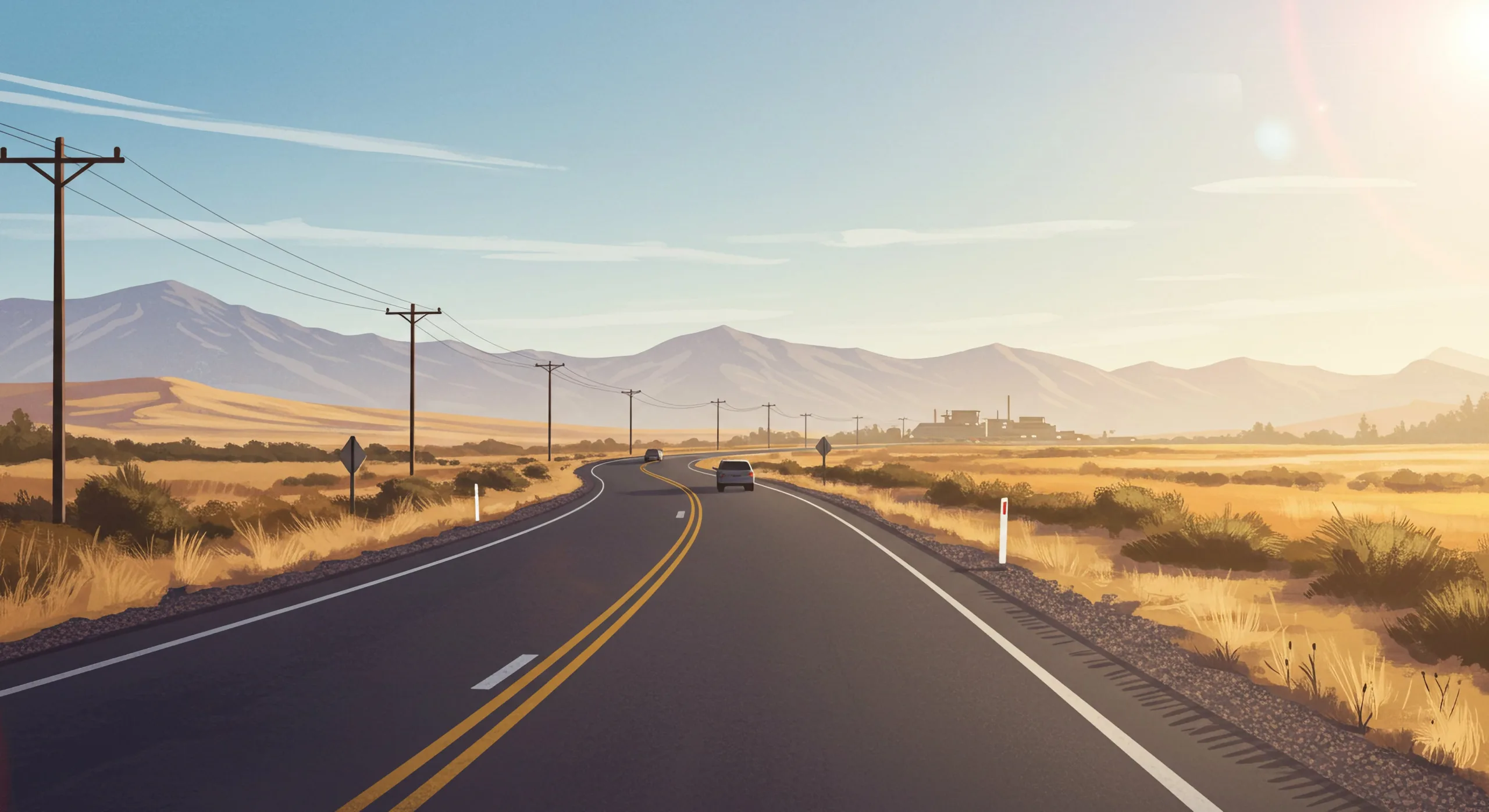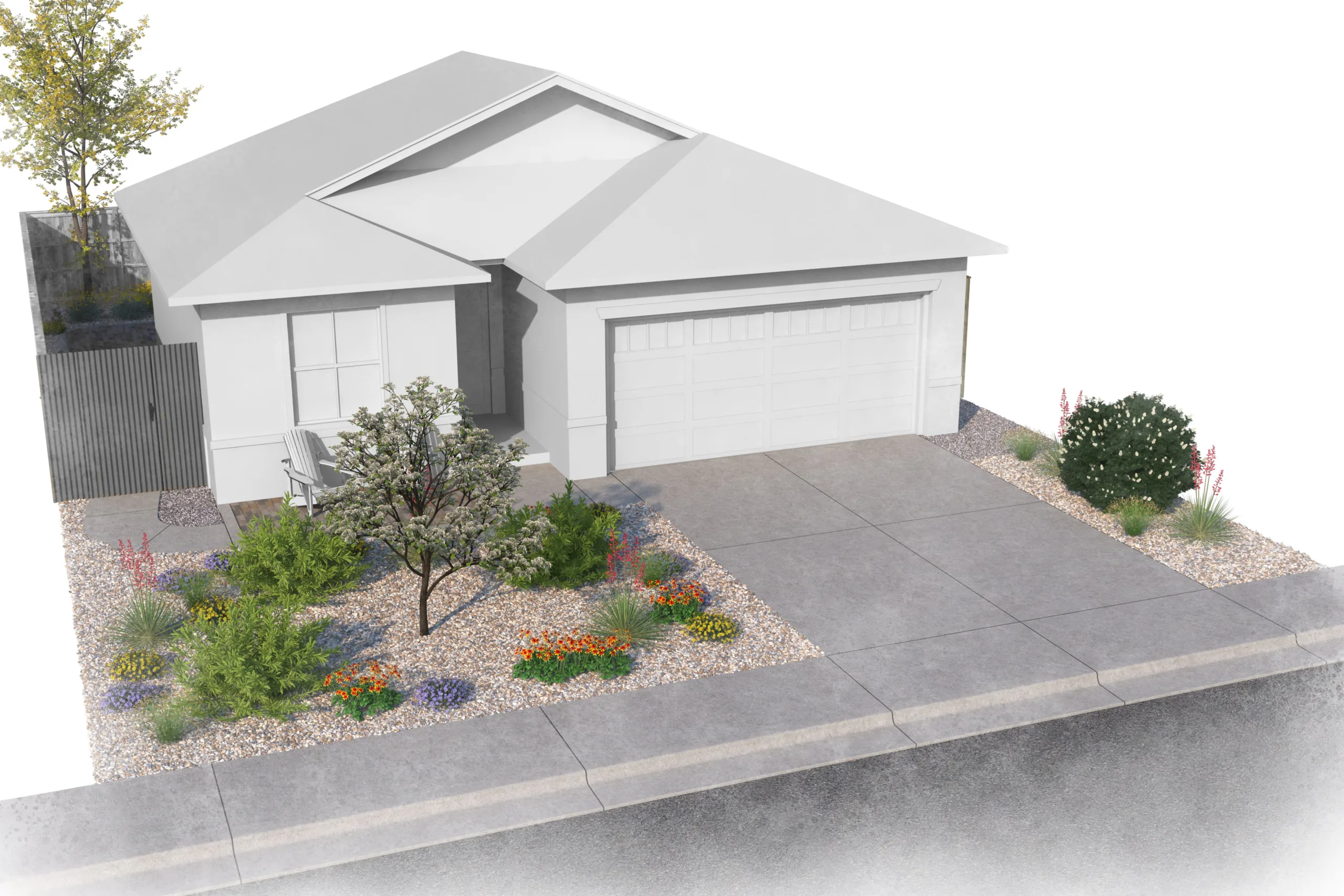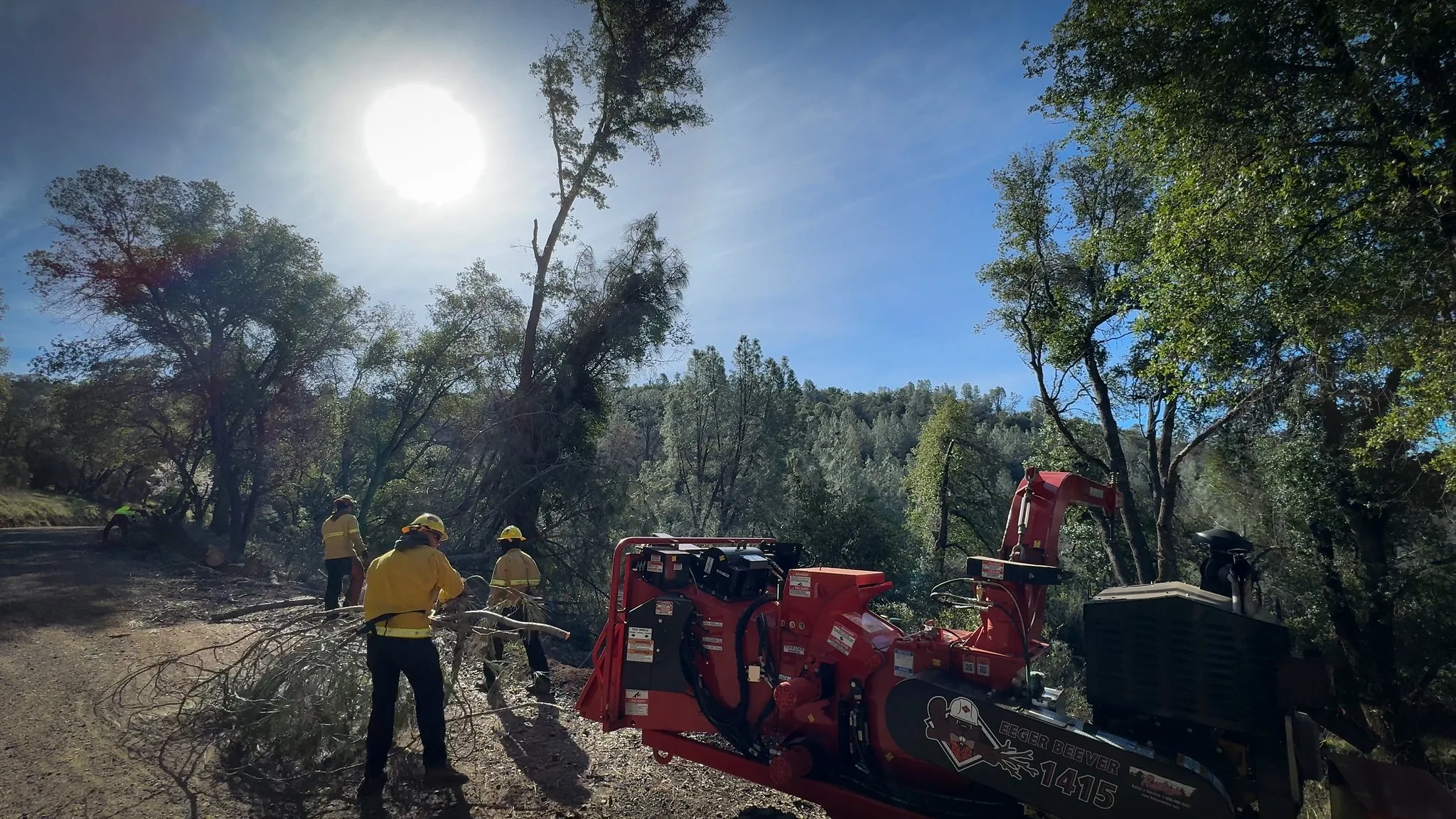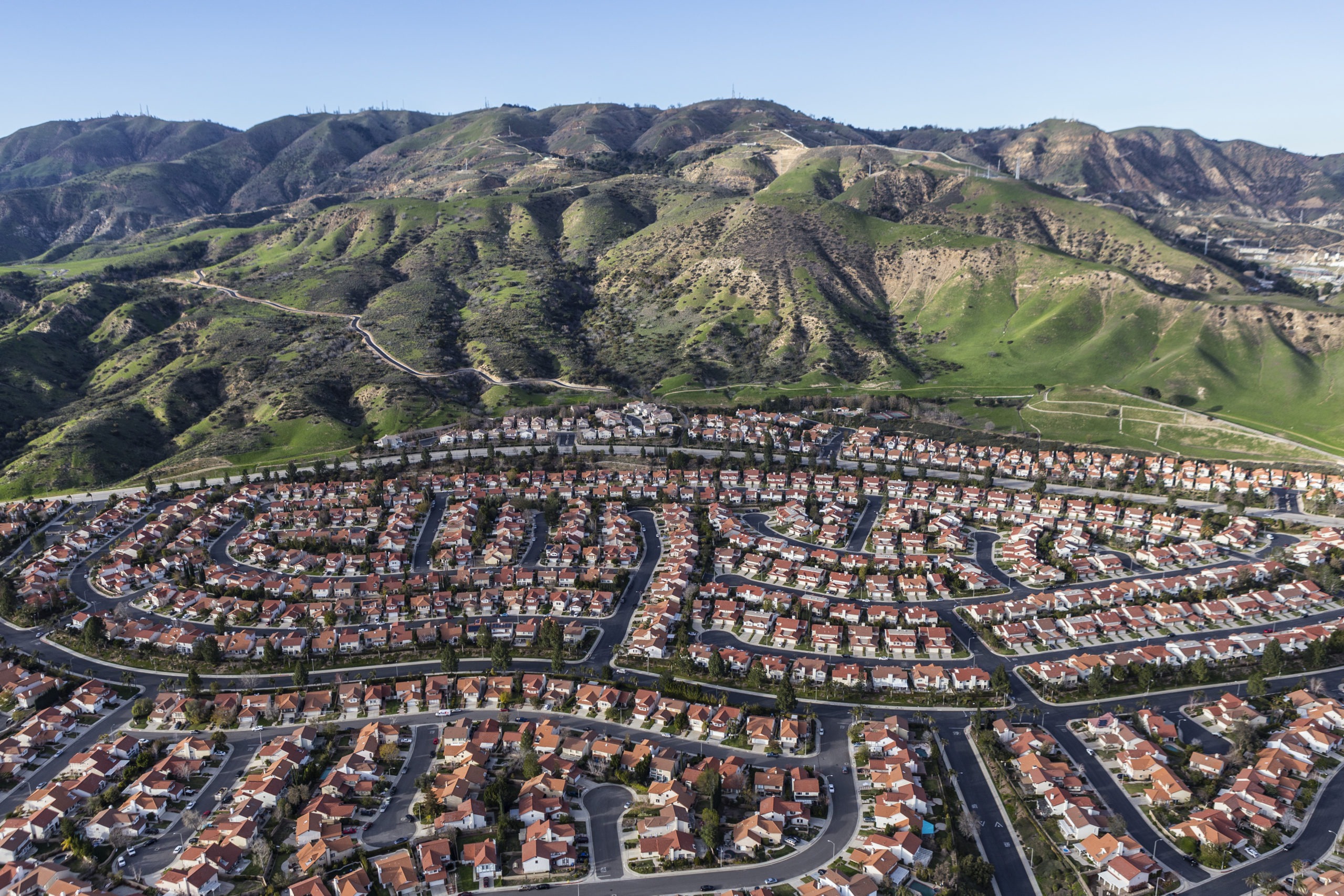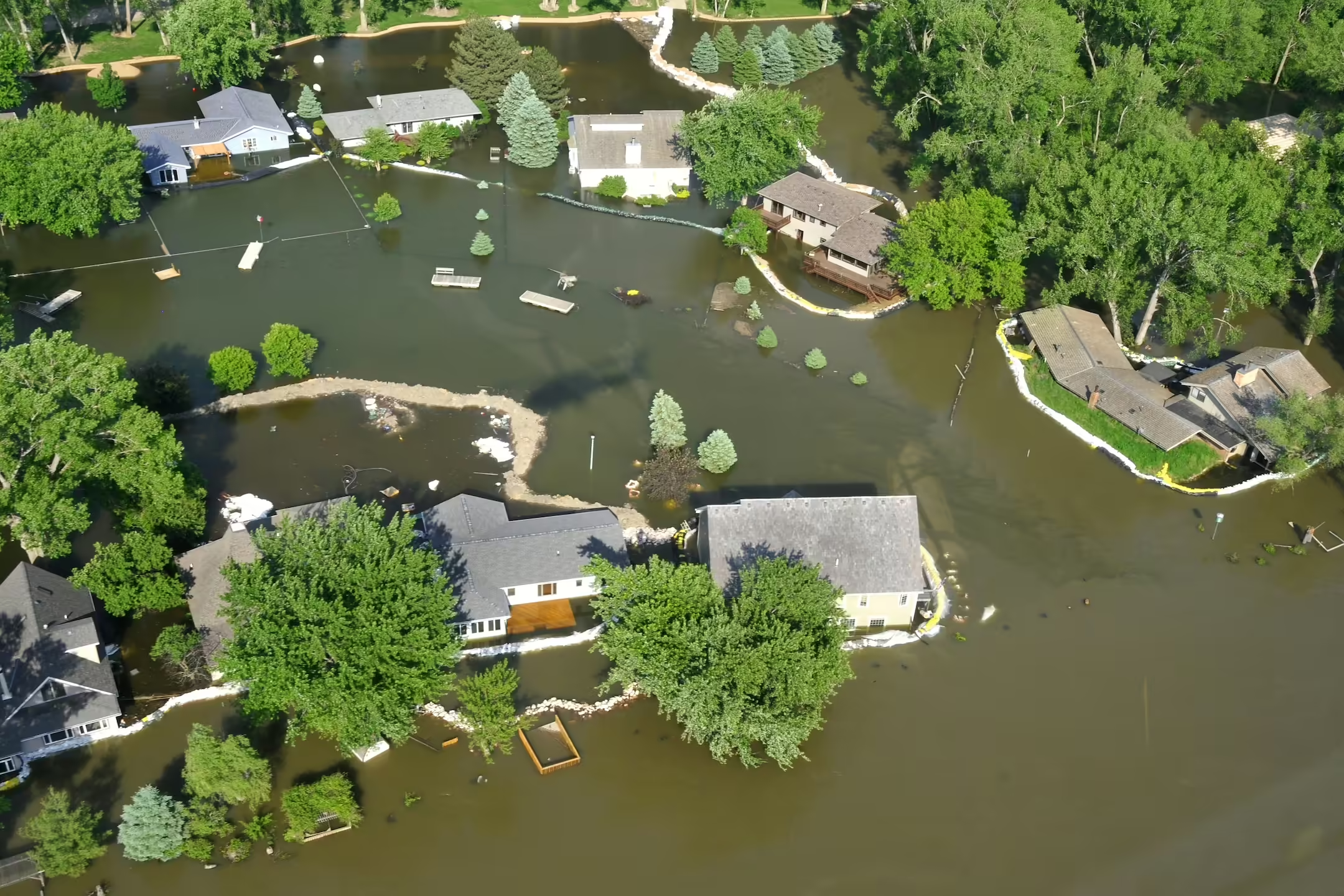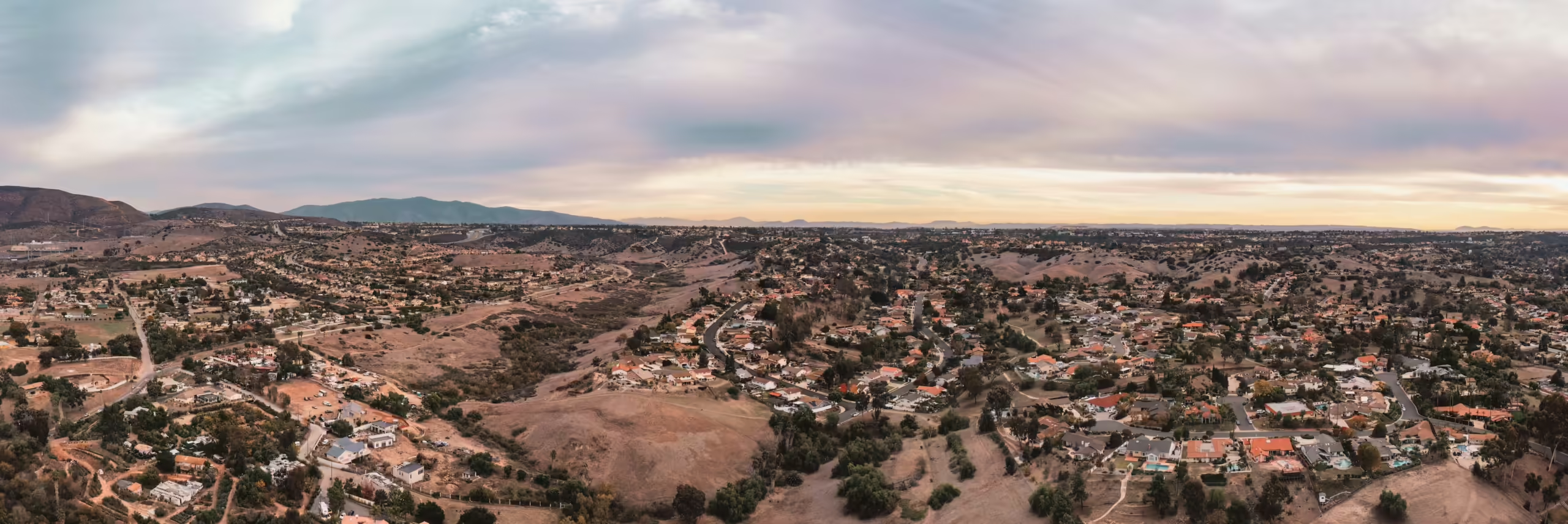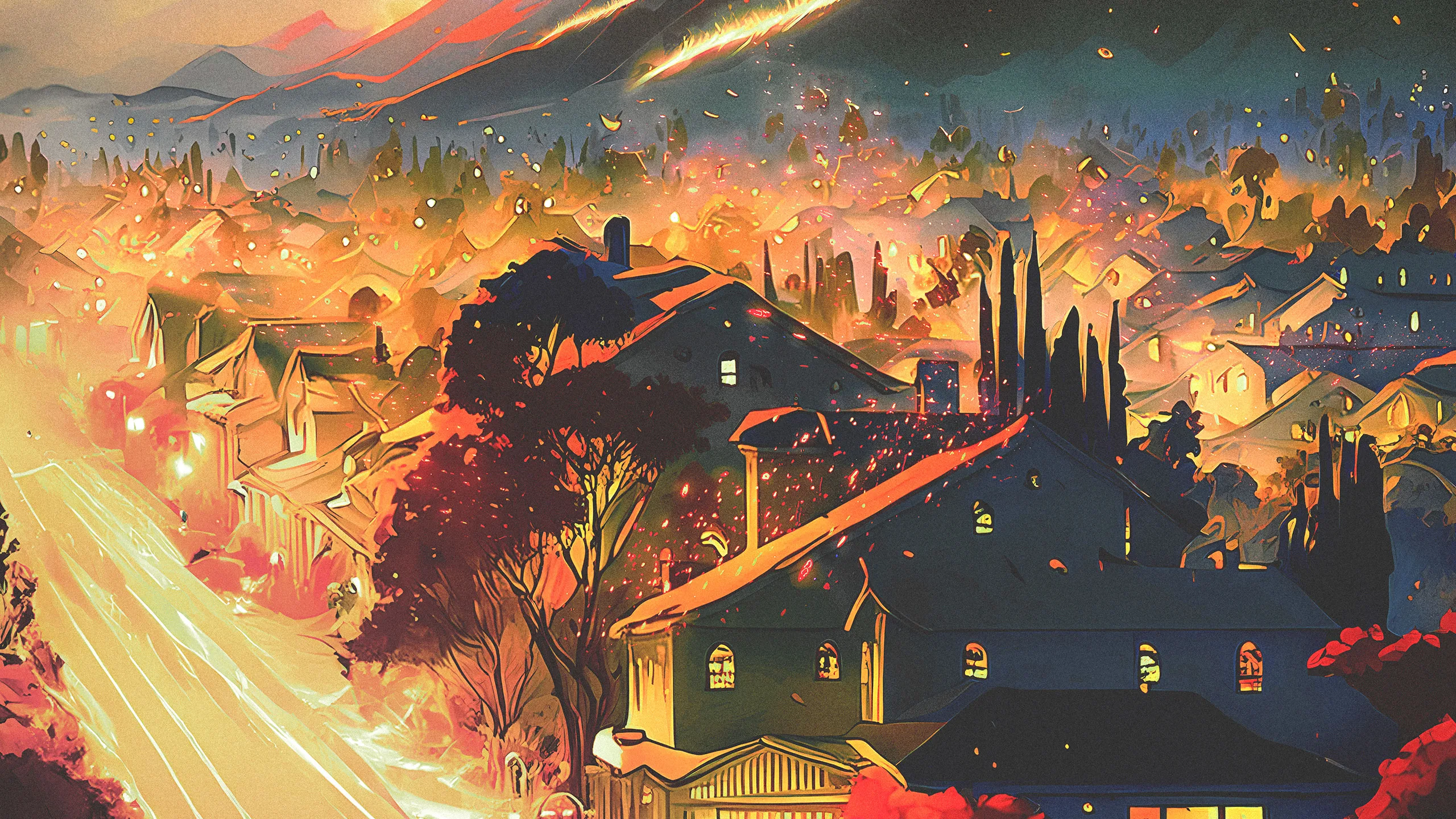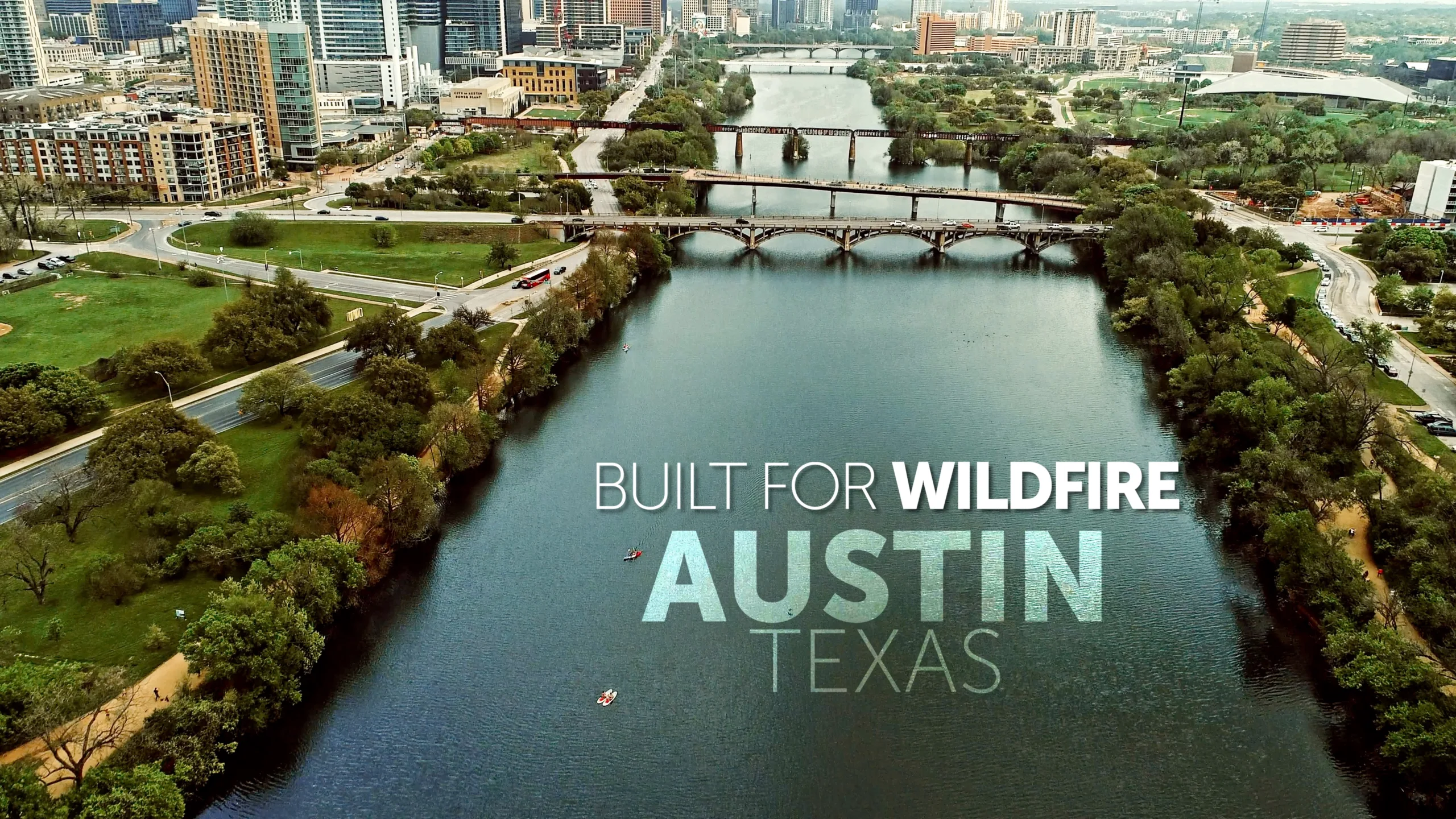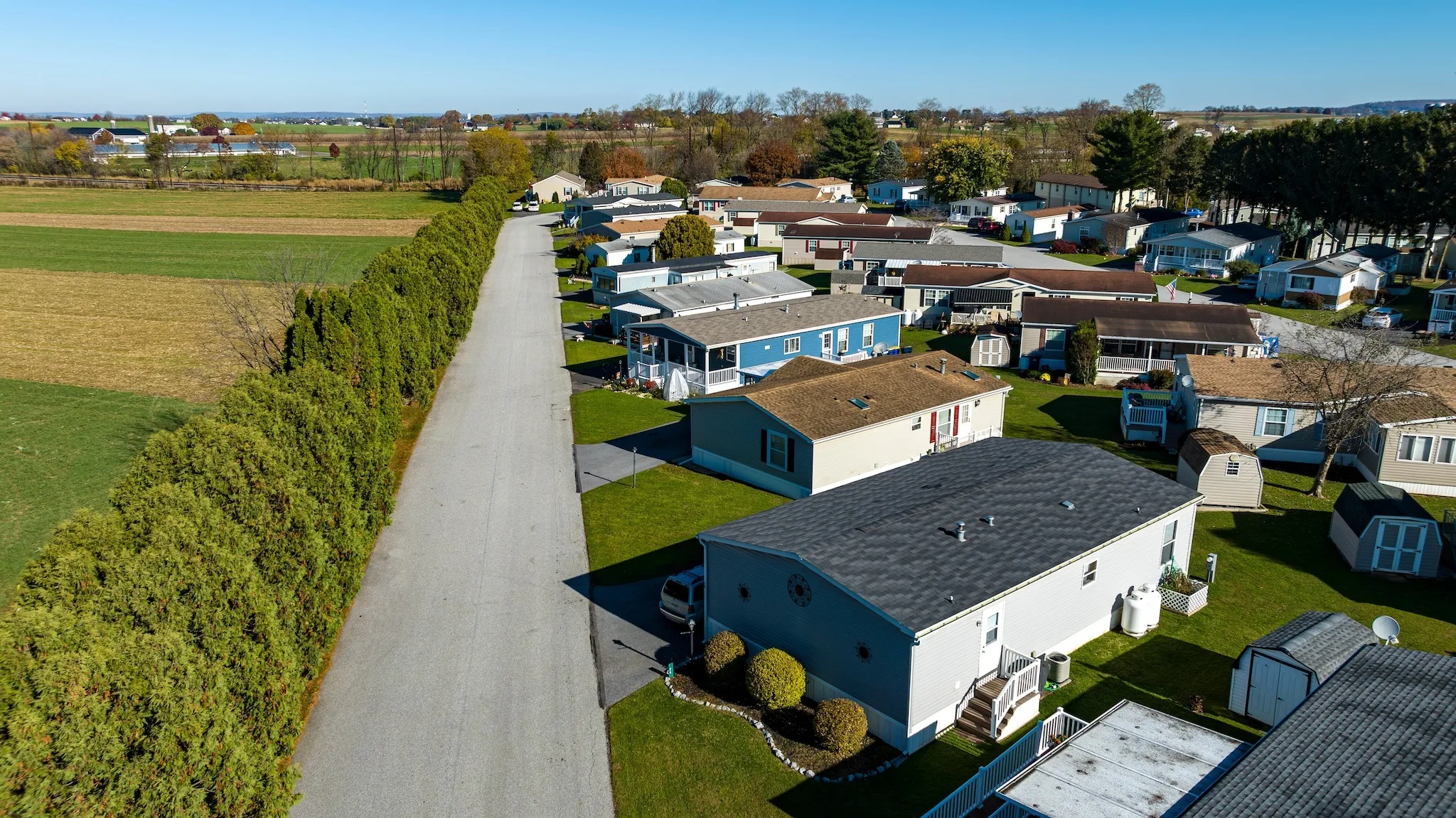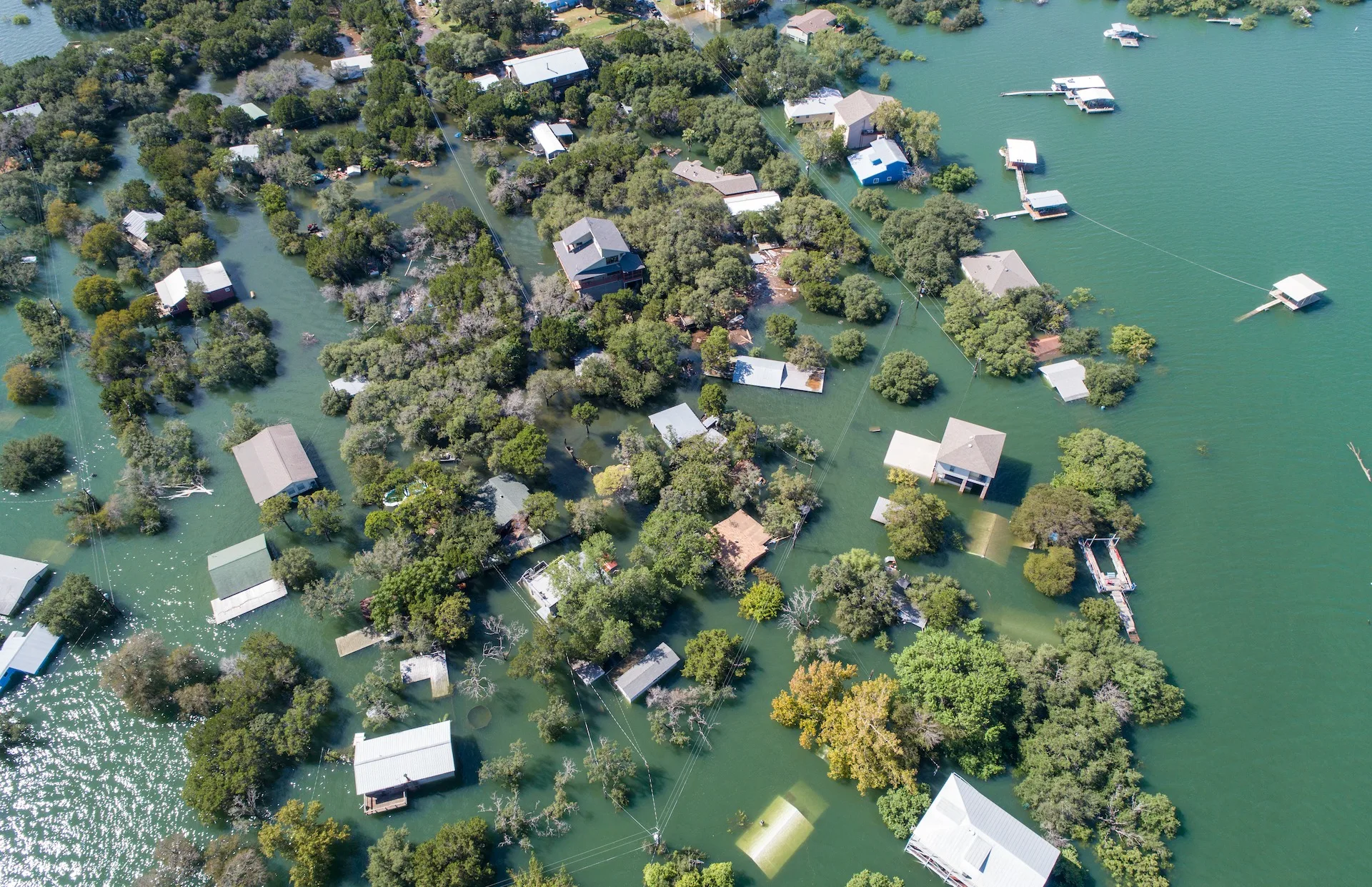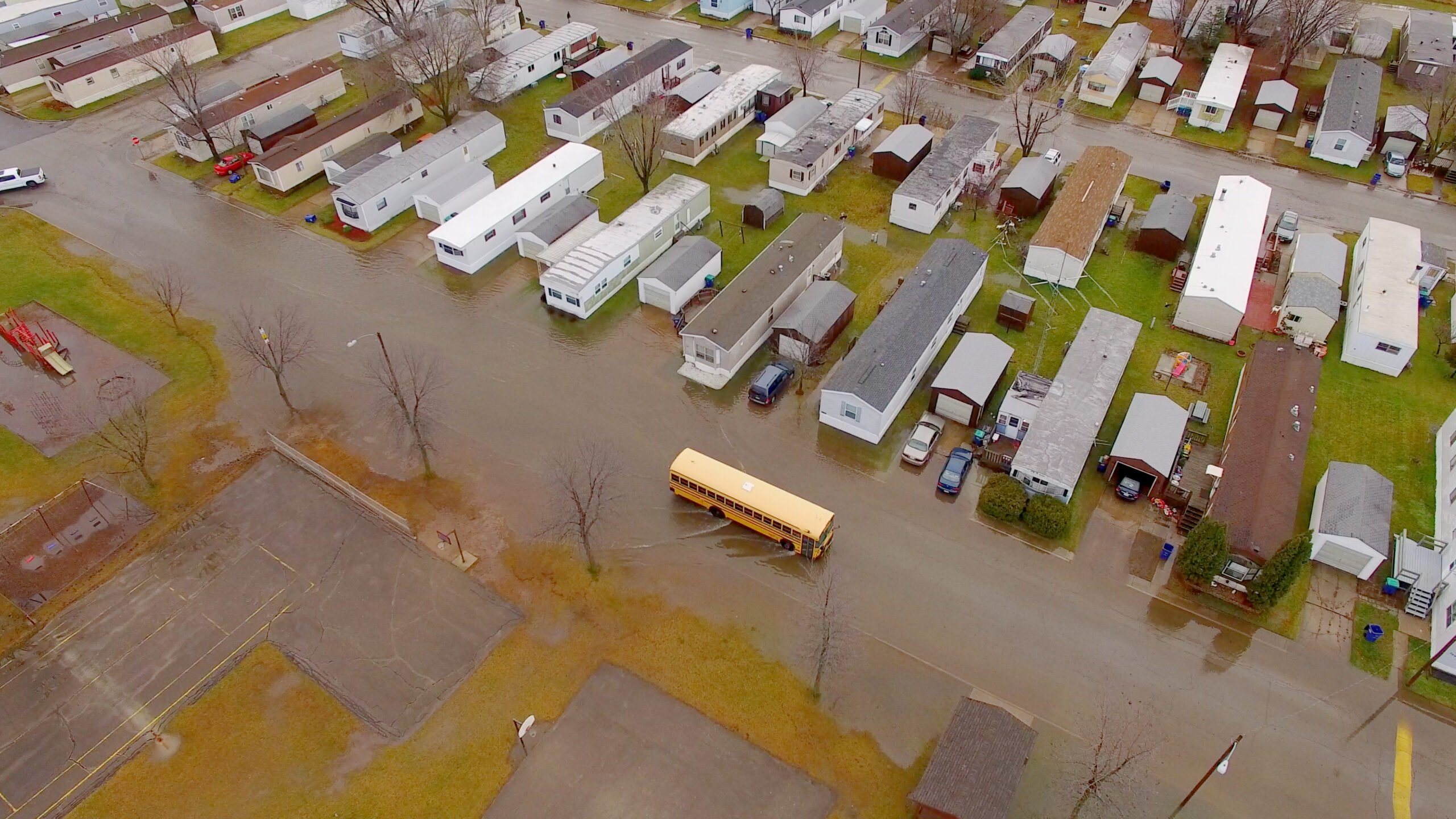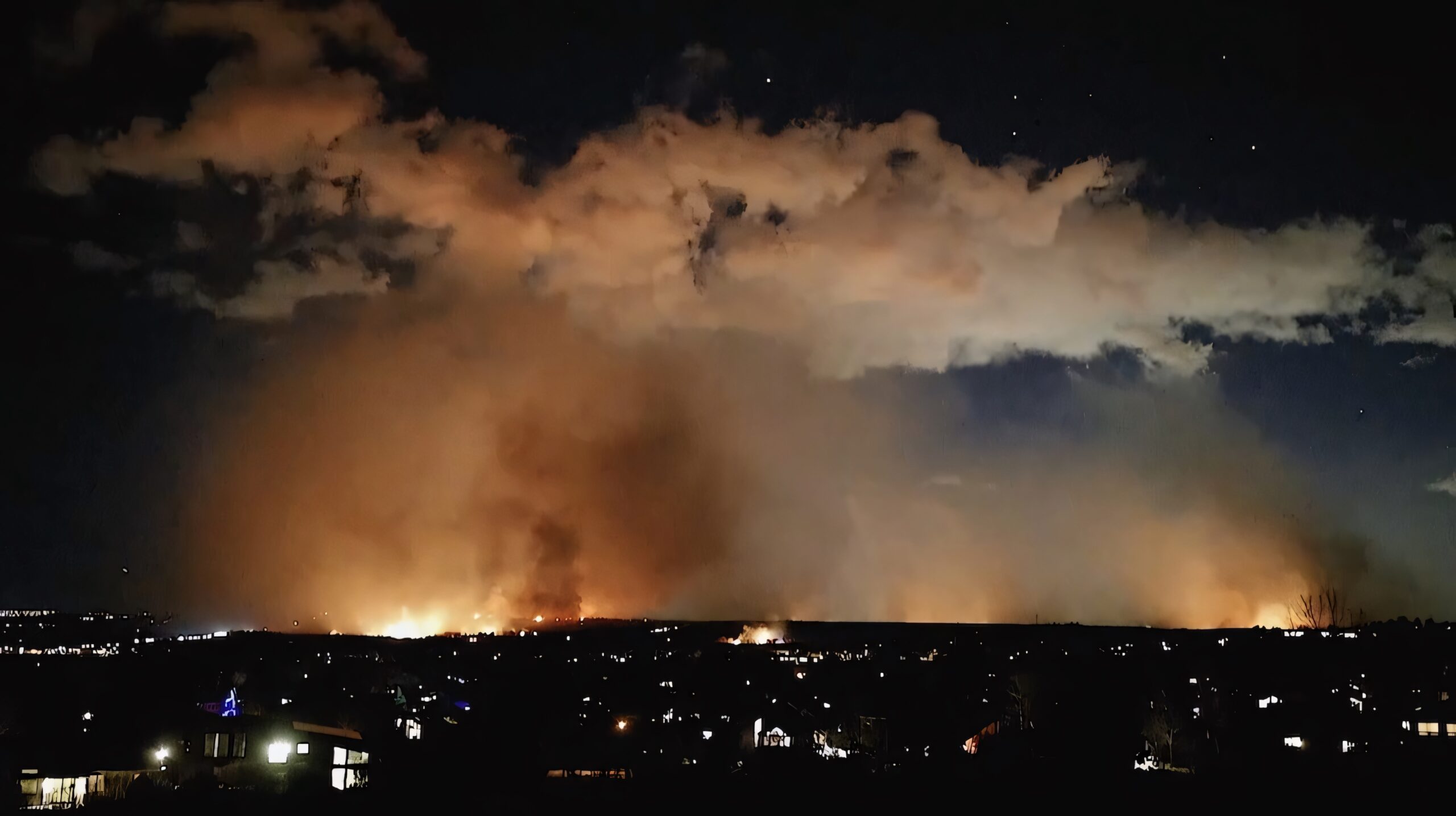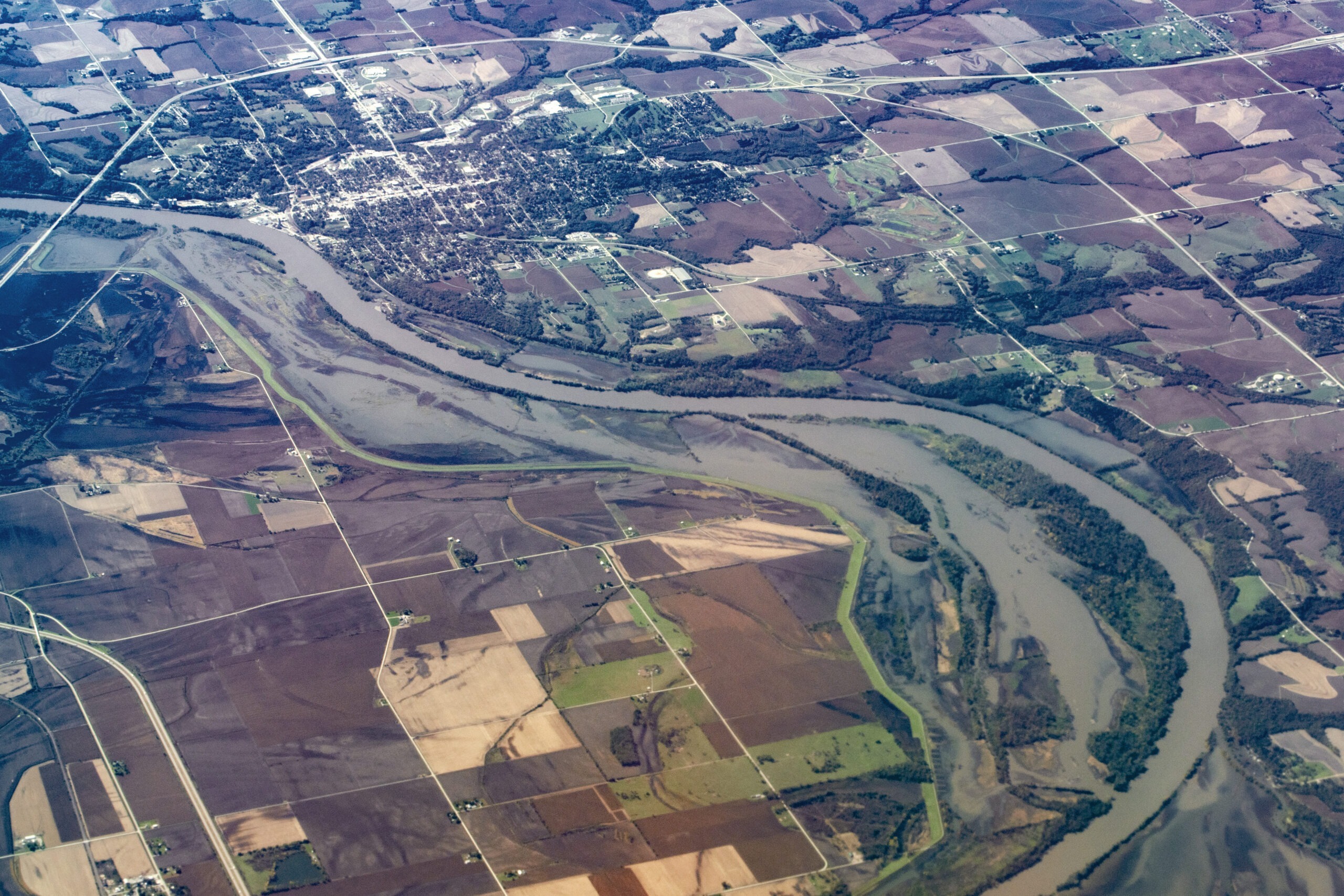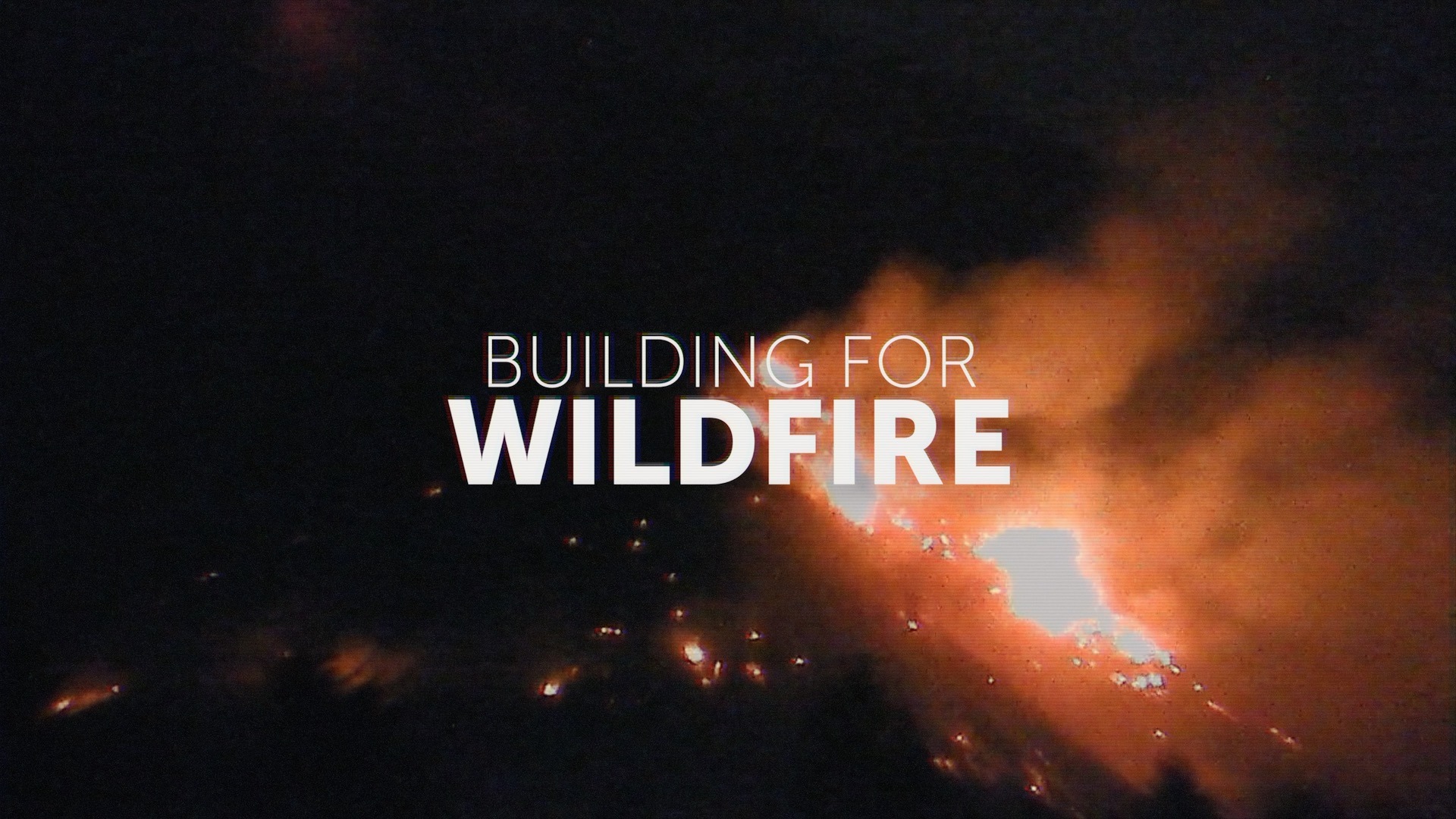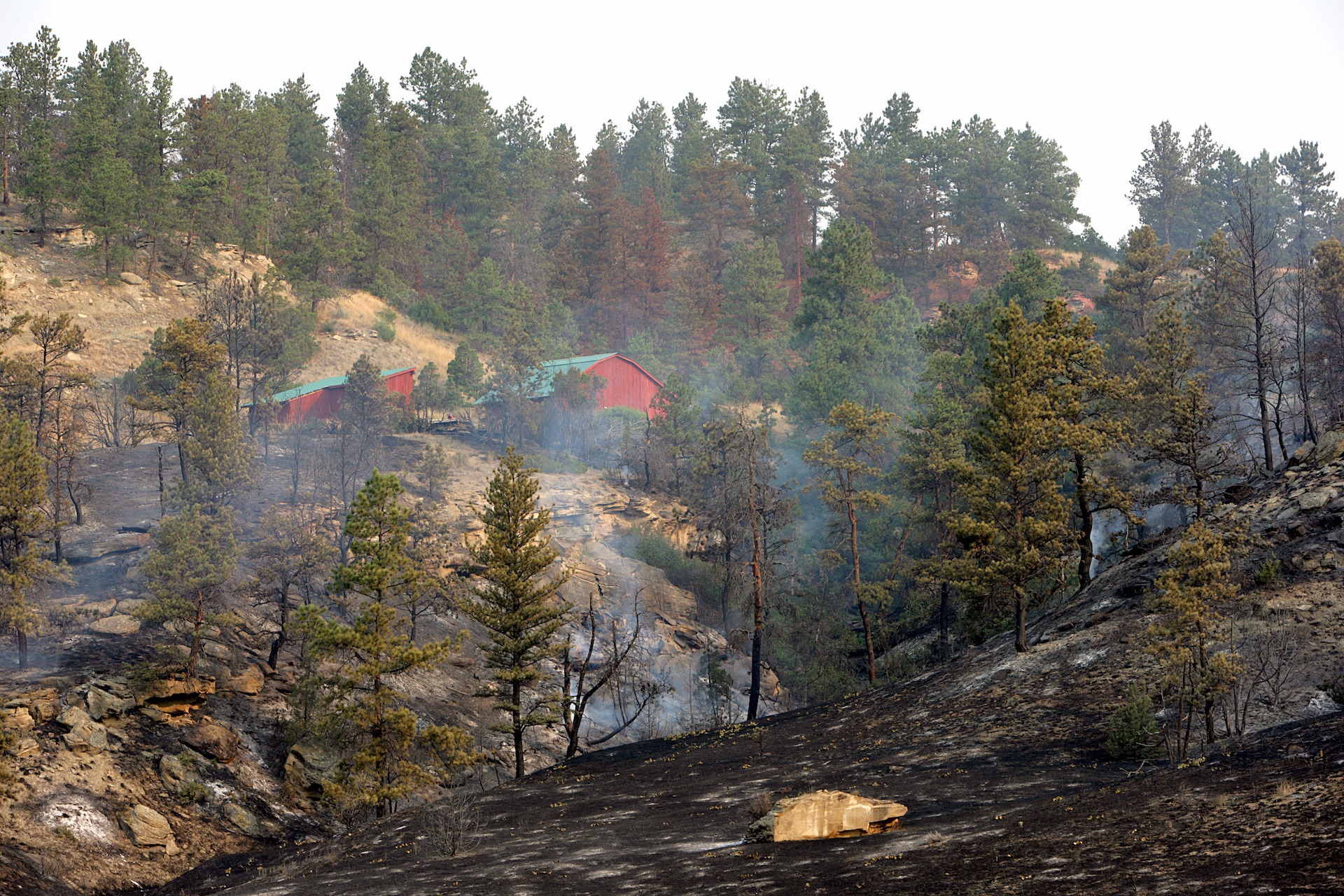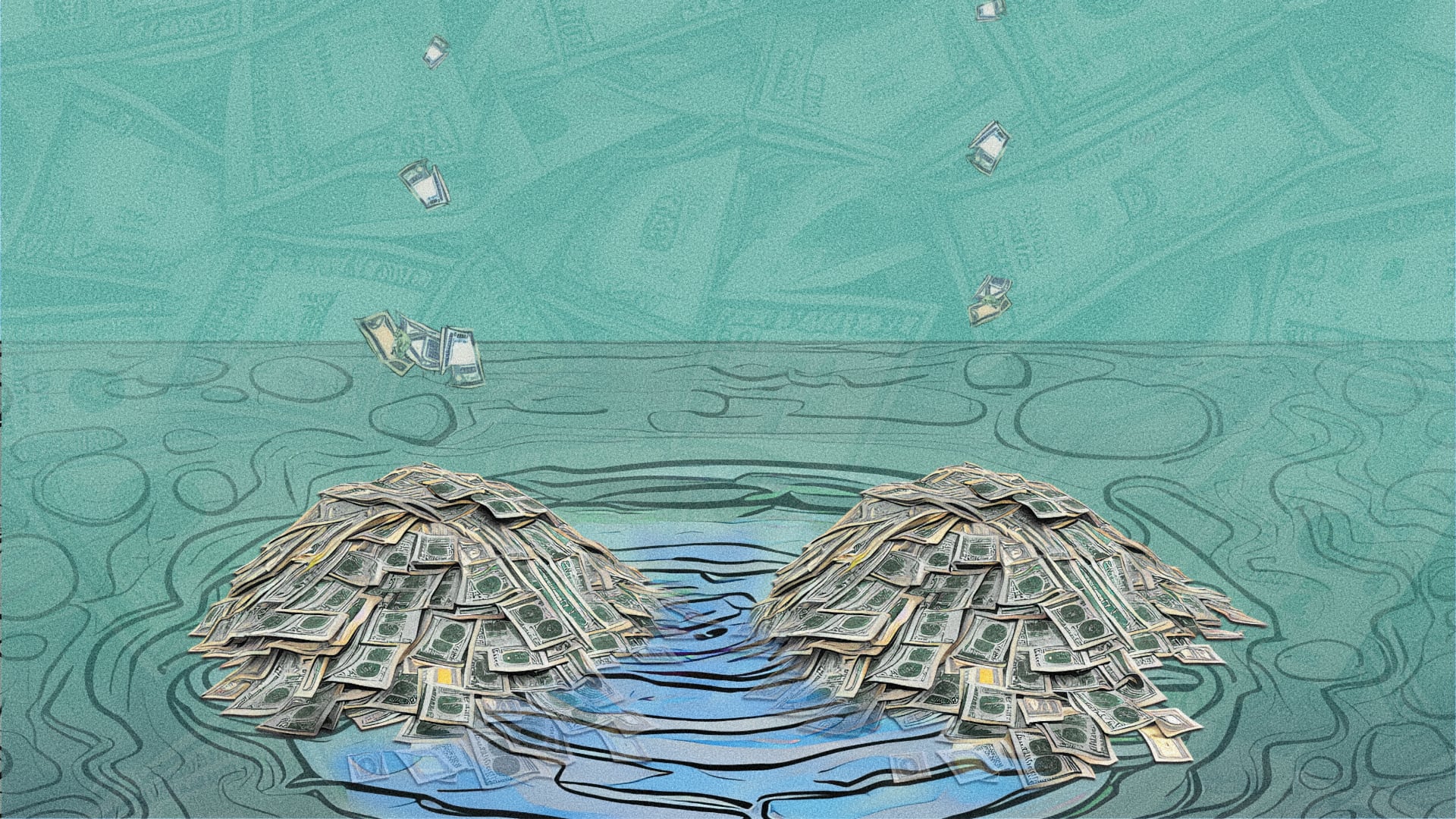
Natural Hazards
Wildfires, floods, and other climate-related disasters are becoming more extensive and costly as the climate changes. Our research helps communities understand where people may be vulnerable, and how strategies such as land use planning can help reduce risk.
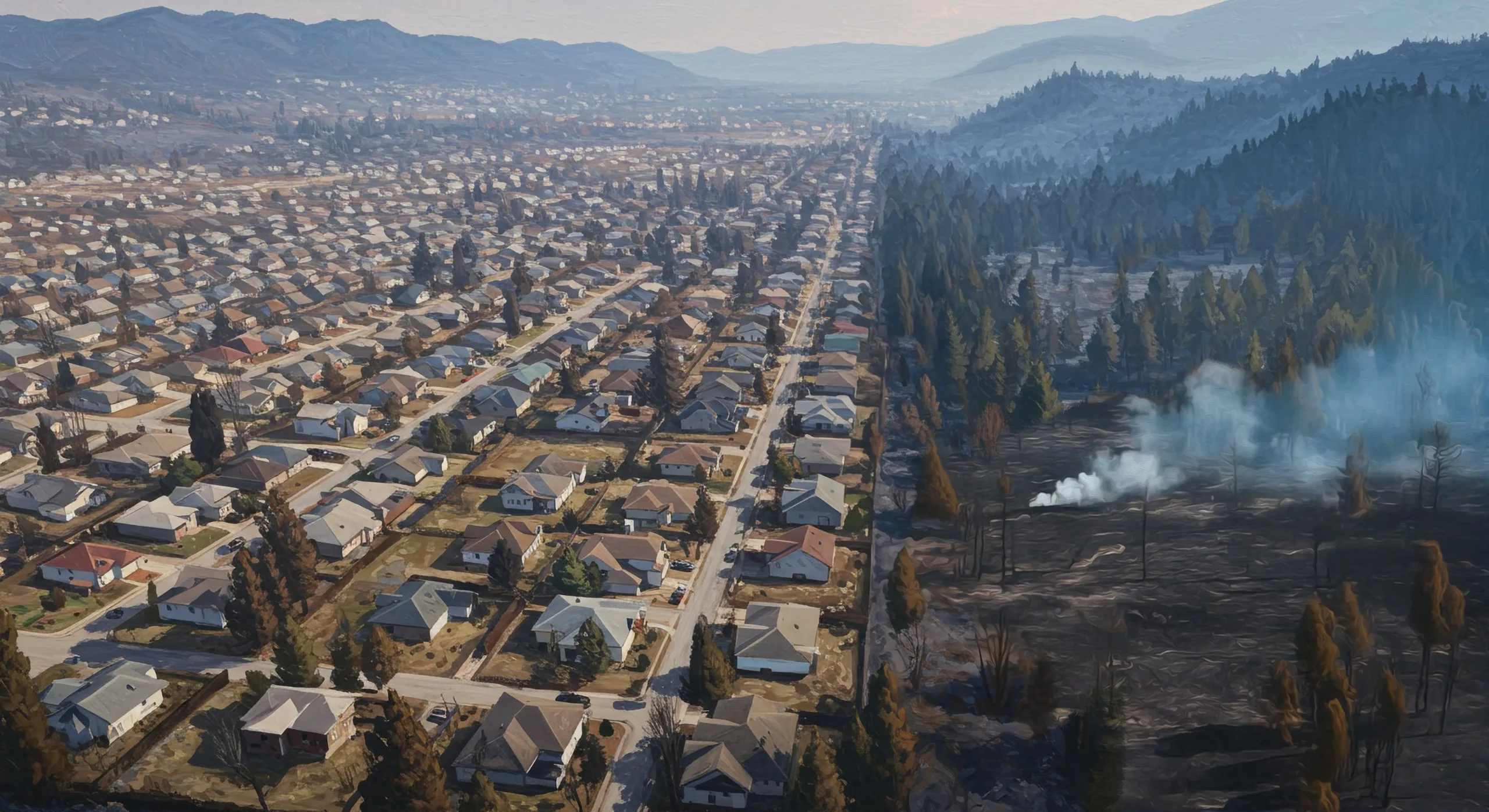
Building wildfire-resistant homes after disasters will save billions
Upfront investments in rebuilding to wildfire-resistant standards can save billions in future avoided economic losses.
America’s urban wildfire crisis: More than 1,100 communities at risk
More than 1,100 communities in 32 states face similar risks to Los Angeles and other places with recent urban wildfires, highlighting the urgent need for wildfire-resistant homes and neighborhoods.
Extreme heat is not just an urban threat: The risk to rural communities
Extreme heat poses health risks to millions of rural Americans. Solutions need to be tailored to meet the unique characteristics of rural places.
Crossover landscaping can enhance wildfire resistance and save water
Crossover landscaping that does double-duty for drought and wildfire resistance is becoming more appealing for communities looking to reduce risk in residential areas.
Cascading wildfire insurance issues impact local and state budgets
As home insurance in areas with high wildfire risk becomes more expensive and harder to obtain, significant pressure is put on state and local budgets.
Latinos face higher flood risks than other groups
Headwaters Economics and the Hispanic Access Foundation have released a report that shows that 44% of Latinos live in counties with high flood risk, as opposed to 35% of non-Latinos.
The economic future of outdoor recreation in New Mexico’s Cibola and McKinley counties
New modeling of trail use in Cibola and McKinley counties, New Mexico has identified more than $1.7 million in visitor contributions to the local economy each year.
Future-proofing the outdoor recreation economy
Many outdoor recreation communities face outsized wildfire and flood risks. They must prioritize updating infrastructure, community planning, and emergency response.
Rising demand for FEMA’s BRIC program far exceeds available funding
An analysis of FEMA’s BRIC program for climate adaptation and disaster resilience funding shows rising demand, but unequal access.
The cost of retrofitting a home for wildfire resistance
Retrofitting a home for wildfire resistance can cost as little as $2,000, making this approach an effective risk reduction strategy for communities.
Wildfires destroy thousands of structures each year
Explore the number of structures destroyed in each state by wildfire. Structures lost—rather than acres burned—provides a more complete measure of the broad impacts of wildfire.
Redefining the urban wildfire problem in the West
Leading wildfire experts make the case that creating wildfire-resistant communities must become a much higher priority.
Updates to Wildfire Risk to Communities reveal 115 million people living with high wildfire risk
New climate data and methodology enhances Wildfire Risk to Communities, a free online tool for understanding wildfire risks across the United States.
Prioritizing people in mobile home park buyouts
Many mobile home parks face higher flood risk and relocation may be the best option. A review of 12 mobile home park buyout projects illustrates how policy innovation and resident engagement can increase success.
Austin, Texas: Built for Wildfire
In this ten-minute video produced by Headwaters Economics, learn how leaders in Austin, TX came to realize the magnitude of the wildfire threat, and how they brought together diverse interests to protect their community.
Decreasing flood risk in the Midwest with regional collaborations
A regional approach to flood risk can help communities pool resources and implement effective solutions. Five case studies offer lessons.
Missing the mark: Effectiveness and funding in community wildfire risk reduction
A new analysis shows that managing the built environment is the most effective strategy at reducing wildfire risk to communities, yet it receives the least funding and policy support.
Analysis of the first round of Community Wildfire Defense Grants
An independent analysis by Headwaters Economics shows that the first round of funding from the Community Wildfire Defense Grant program prioritized high-risk, low-income communities.
Yellowstone Flood reveals Montana’s mobile home flood risk
Montana’s mobile home residents face disproportionate flood risk and traditional solutions leave them behind.
Construction costs for a wildfire-resistant home: California edition
In light of rising wildfire risks, we analyzed the costs of constructing homes to three levels of wildfire resistance in California.
Capacity-limited states still struggle to access FEMA BRIC grants
Places with lower capacity are failing to get funding through FEMA’s flagship grant program, Building Resilient Infrastructure and Communities (BRIC).
Mobile home residents face higher flood risk
Mobile homes are the most common unsubsidized, affordable housing in the United States but have disproportionately higher flood risk than other housing types.
The unequal impacts of wildfire
See where wildfire risk intersects social and economic factors that can make it difficult for people to prepare for, respond to, and recover from wildfire.
Improving benefit-cost analyses for rural areas
Benefit-cost analysis, required for many federal funding sources, puts smaller, rural, and low-income communities at a disadvantage.
Wildfires destroy thousands of structures each year
Explore the number of structures destroyed in each state by wildfire. Structures lost—rather than acres burned—provides a more complete measure of the broad impacts of wildfire.
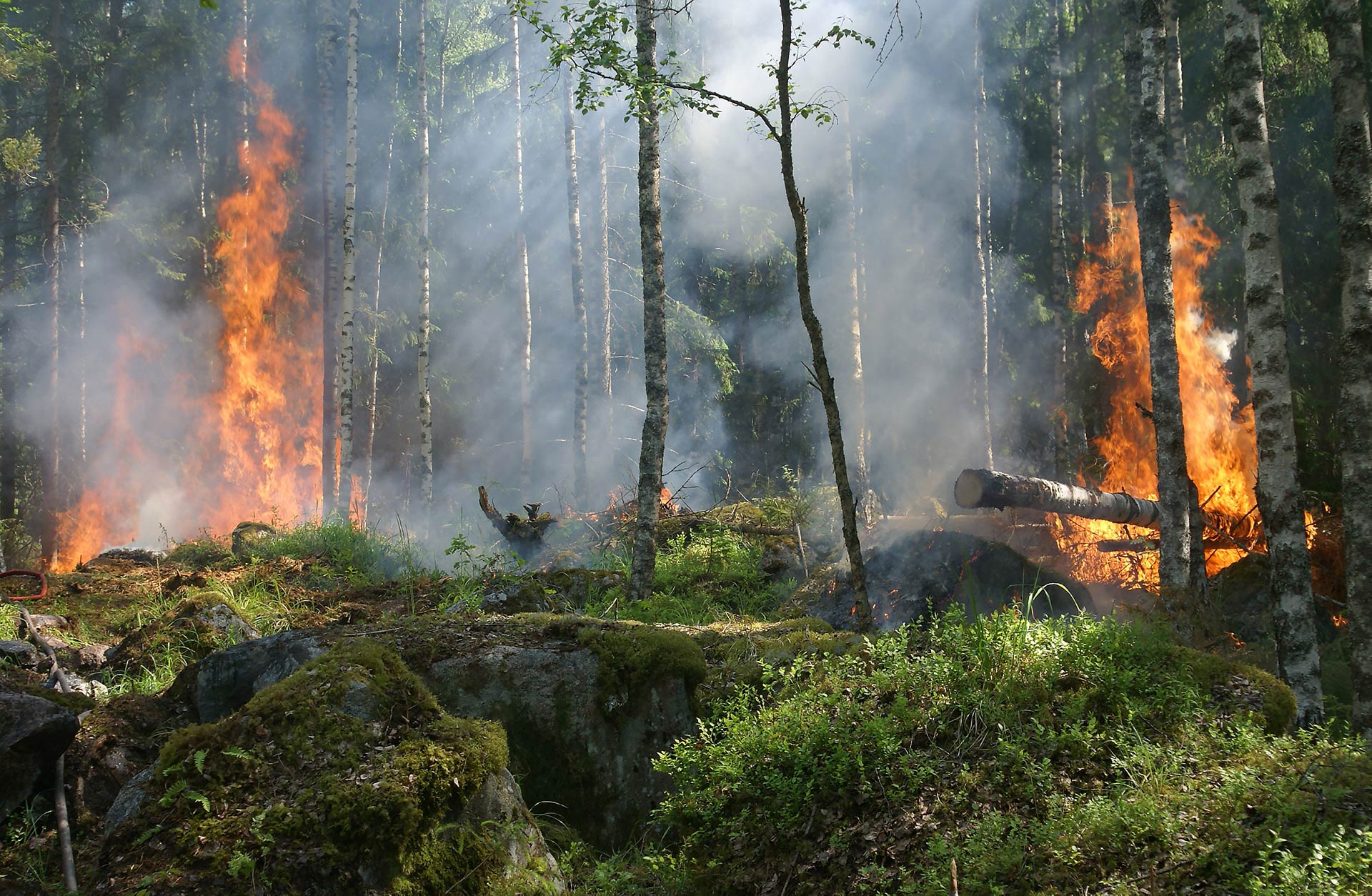

Community Planning Assistance for Wildfire
Community Planning Assistance for Wildfire (CPAW) works with communities to reduce wildfire risk through improved land use planning. The program is a program of Headwaters Economics, in partnership with the USDA Forest Service.
Recent Natural Hazards Posts
-
Extreme heat is not just an urban threat: The risk to rural communities
Extreme heat poses health risks to millions of rural Americans. Solutions need to be tailored to meet the unique characteristics of rural places. Read more
-
Crossover landscaping can enhance wildfire resistance and save water
Crossover landscaping that does double-duty for drought and wildfire resistance is becoming more appealing for communities looking to reduce risk in residential areas. Read more
-
Community Wildfire Defense Grants benefit rural and low-capacity communities
A Forest Service program is helping communities across the nation reduce wildfire risk—including those that don’t normally have the resources to successfully compete for federal grants. Read more
-
Cascading wildfire insurance issues impact local and state budgets
As home insurance in areas with high wildfire risk becomes more expensive and harder to obtain, significant pressure is put on state and local budgets. Read more
-
Rising demand for FEMA’s BRIC program far exceeds available funding
An analysis of FEMA’s BRIC program for climate adaptation and disaster resilience funding shows rising demand, but unequal access. Read more
-
The cost of retrofitting a home for wildfire resistance
Retrofitting a home for wildfire resistance can cost as little as $2,000, making this approach an effective risk reduction strategy for communities. Read more
-
Updates to Wildfire Risk to Communities reveal 115 million people living with high wildfire risk
New climate data and methodology enhances Wildfire Risk to Communities, a free online tool for understanding wildfire risks across the United States. Read more
-
Redefining the urban wildfire problem in the West
Leading wildfire experts make the case that creating wildfire-resistant communities must become a much higher priority. Read more
-
Prioritizing people in mobile home park buyouts
Many mobile home parks face higher flood risk and relocation may be the best option. A review of 12 mobile home park buyout projects illustrates how policy innovation and resident engagement can increase success. Read more
-
Latinos face higher flood risks than other groups
Headwaters Economics and the Hispanic Access Foundation have released a report that shows that 44% of Latinos live in counties with high flood risk, as opposed to 35% of non-Latinos. Read more
-
Los latinos enfrentan mayores riesgos de inundaciones que otros grupos
Headwaters Economics y Hispanic Access Foundation han publicado un reporte que muestra que el 44% de los latinos viven en condados con un alto riesgo de inundaciones, en contraste con el 35% de los no latinos. Read more
-
The unequal impacts of flooding
Headwaters Economics has conducted an analysis of flood and socioeconomic data to illustrate where flood risks disproportionality affect vulnerable populations. Read more
-
Congressional wildfire commission lays out a new approach for wildfire policy
A new report from the Wildland Fire Mitigation and Management Commission recommends transformative approaches needed to overcome the wildfire crisis. Read more
-
Missing the mark: Effectiveness and funding in community wildfire risk reduction
A new analysis shows that managing the built environment is the most effective strategy at reducing wildfire risk to communities, yet it receives the least funding and policy support. Read more
-
Analysis of the first round of Community Wildfire Defense Grants
An independent analysis by Headwaters Economics shows that the first round of funding from the Community Wildfire Defense Grant program prioritized high-risk, low-income communities. Read more
-
Decreasing flood risk in the Midwest with regional collaborations
A regional approach to flood risk can help communities pool resources and implement effective solutions. Five case studies offer lessons. Read more
-
Wildfire safety standards for Montana
Statewide wildfire safety standards are proven and cost effective. Montana can adopt standards to help make communities safer from increasing wildfire risks. Read more
-
Match requirements prevent rural and low-capacity communities from accessing climate resilience funding
Many federal grant programs require communities to provide a local match, creating barriers for rural and underserved places. Read more
